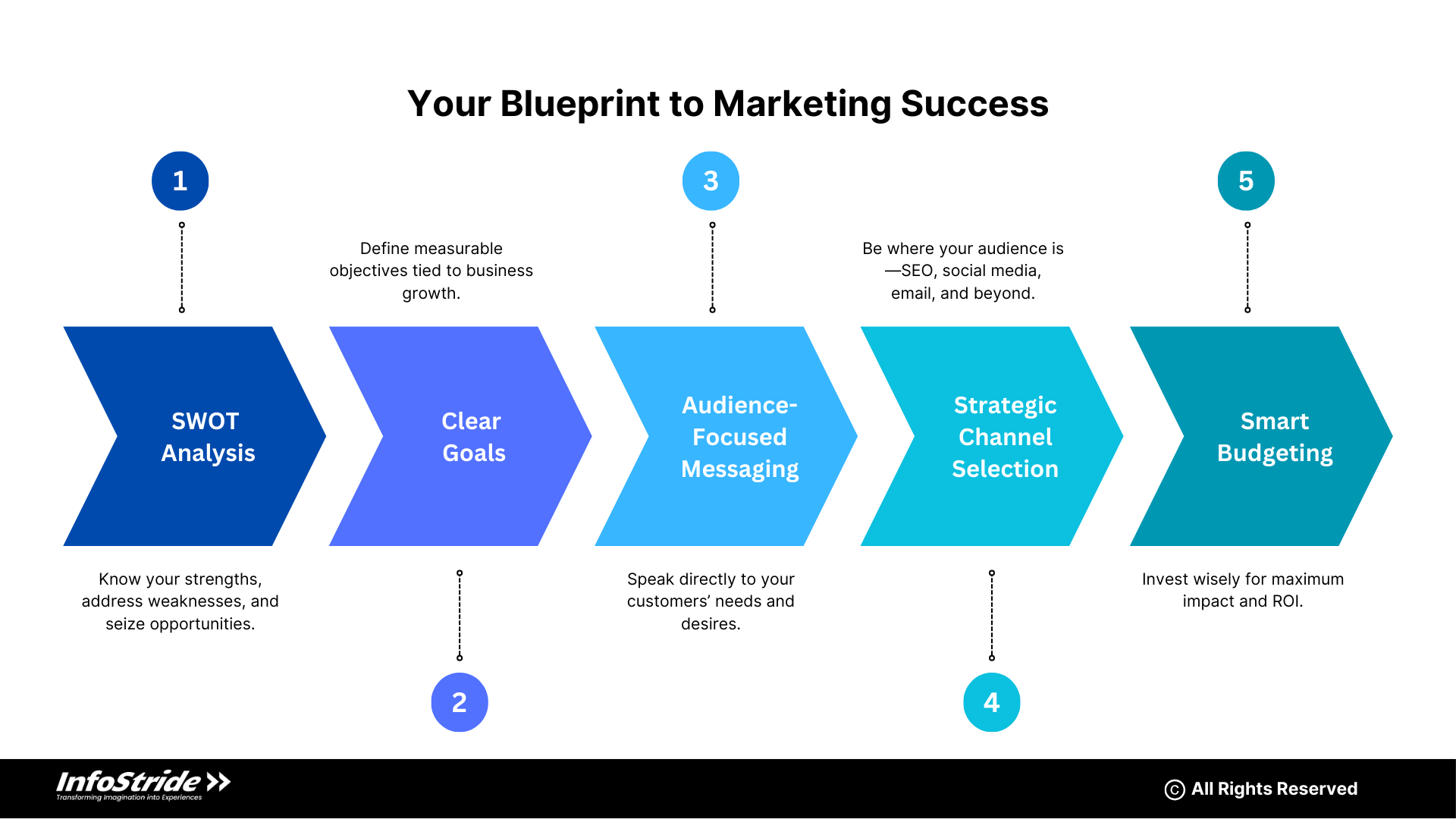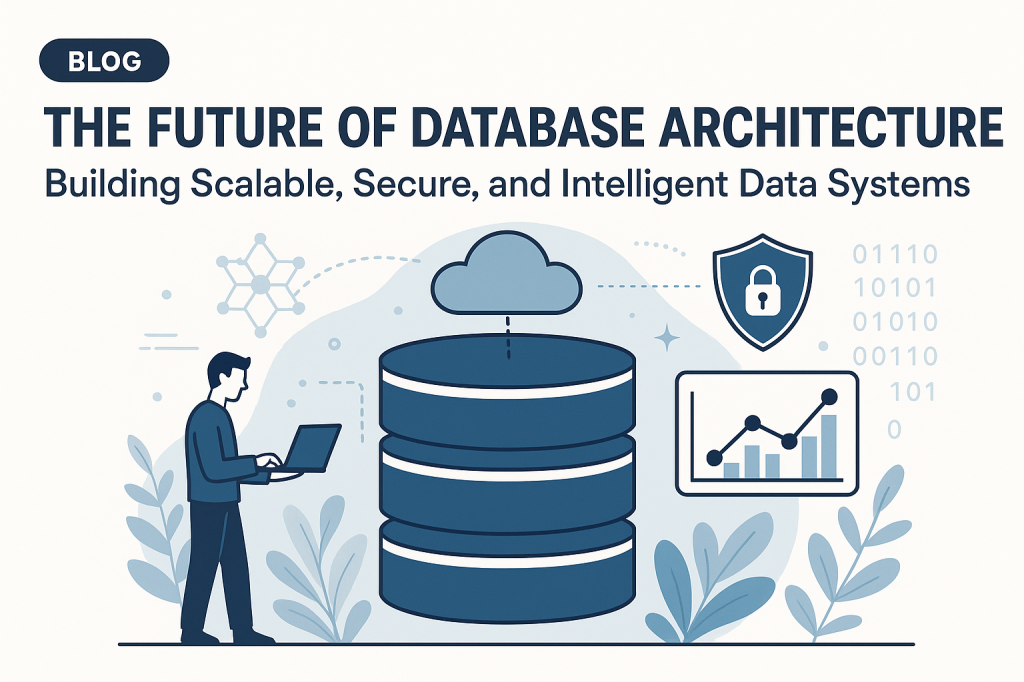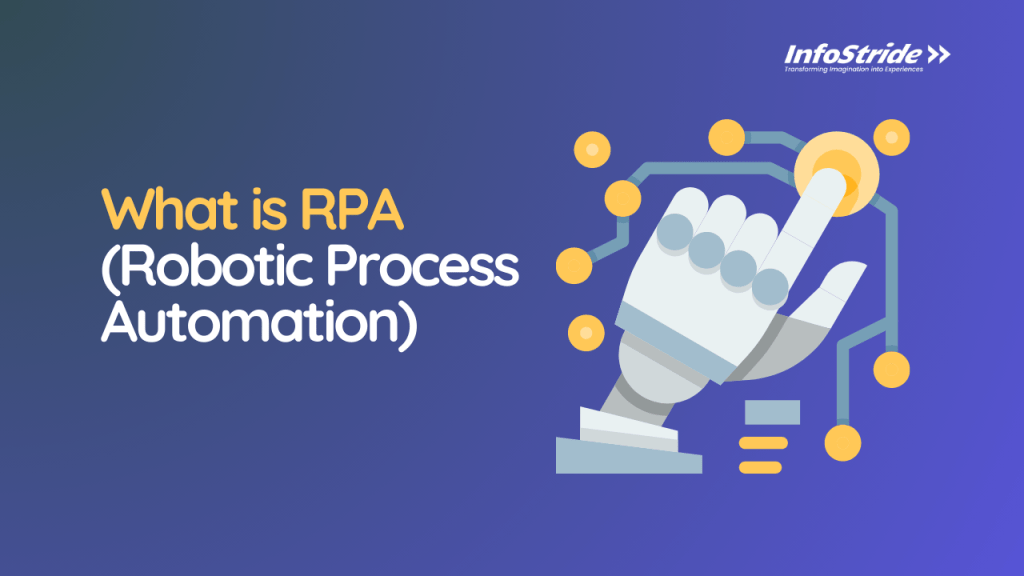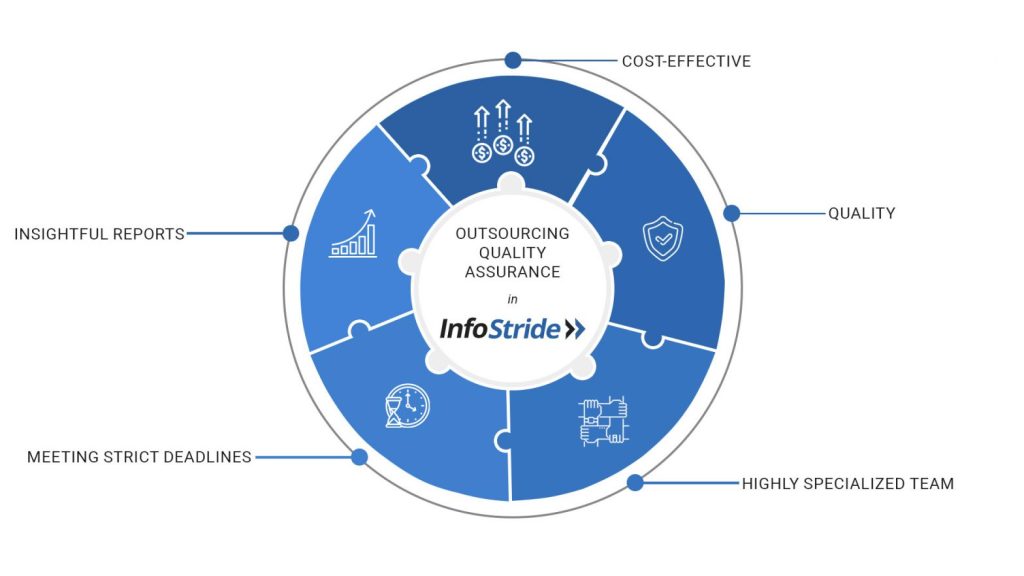Table of Content
Understanding the Core Elements of an Effective Marketing Strategy
Research and Analysis: The Foundation
Key Steps to Build an Effective Marketing Strategy
Digital Marketing Strategies in Action
Tailoring Marketing Strategies for Different Business Models
Challenges to Anticipate and Overcome
In today’s hyper-competitive marketplace, businesses can no longer rely on ad hoc efforts to capture and retain customer attention. An effective marketing strategy isn’t just a roadmap—it’s the foundation that defines how a brand communicates its value, reaches its audience, and stays ahead of competitors. According to a recent study, 50% of businesses that actively document their marketing strategy report being more effective in achieving their goals compared to those that don’t. This highlights the undeniable importance of a structured approach.
Whether you’re looking to drive leads, build brand awareness, or establish a digital presence, the key lies in tailoring your strategy to align with your business objectives and audience needs. This blueprint will walk you through actionable steps to create a comprehensive marketing strategy that delivers measurable results. From research to execution, you’ll discover the tools and techniques essential for long-term success.
Understanding the Core Elements of an Effective Marketing Strategy
An effective marketing strategy serves as the backbone of your business growth, guiding every decision from audience engagement to campaign execution. By focusing on core elements like audience understanding, goal setting, and channel selection, businesses can create impactful strategies that drive measurable results. Let’s delve into these foundational aspects in detail.
1. Defining Your Target Audience and Their Needs
Every successful marketing strategy begins with a deep understanding of your target audience. Who are your ideal customers, and what challenges are they looking to solve? By creating detailed buyer personas, you can pinpoint their demographics, behaviors, preferences, and pain points. This knowledge allows you to craft messaging and campaigns that resonate on a personal level, driving engagement and loyalty.
2. Setting Clear, Measurable Goals
Without clearly defined objectives, your marketing efforts risk being directionless. Goals should align with your overall business objectives and be measurable through KPIs (Key Performance Indicators). For example, you might aim to increase brand awareness by 25% in six months, generate 500 qualified leads, or improve website conversions by 10%. Establishing specific targets helps in allocating resources efficiently and assessing the success of your campaigns.
3. Exploring Marketing Channels: Digital, Traditional, and Hybrid Approaches
Today’s marketing landscape offers a myriad of channels to connect with your audience. Digital platforms like social media, search engines, and email marketing provide real-time engagement and precise targeting. Meanwhile, traditional channels such as print, TV, and events still hold value for certain demographics. A hybrid approach often proves effective, combining the broad reach of traditional marketing with the data-driven precision of digital efforts. Selecting the right mix depends on where your audience spends their time and how they prefer to consume information.
4. Leveraging InfoStride’s Marketing as a Service for Comprehensive Support
Creating and executing an effective marketing strategy requires expertise, tools, and time—resources not every business can spare. That’s where InfoStride’s Marketing as a Service comes in. From audience analysis to multi-channel campaign management, InfoStride offers end-to-end marketing solutions tailored to your unique goals, ensuring you stay ahead in the competitive landscape.
Research and Analysis: The Foundation
Effective research and analysis provide the insights necessary to build a marketing strategy that’s not only relevant but also competitive. By understanding market dynamics, customer preferences, and industry trends, businesses can develop strategies that are grounded in data and tailored to meet the needs of their audience. Let’s explore the key components of this crucial foundation.
1. Competitor Analysis and Identifying Industry Trends
Before crafting a marketing strategy, it’s essential to understand the competitive landscape. By analyzing your competitors, you can uncover insights about their strengths, weaknesses, and customer engagement tactics. This analysis not only helps you differentiate your brand but also allows you to spot opportunities within industry trends that your competitors may be missing. Keeping an eye on market shifts ensures your strategy stays relevant and adaptable to changing conditions.
2. Using Data to Understand Customer Behavior and Preferences
Data-driven decisions are at the heart of effective marketing strategies. By leveraging tools like website analytics, social listening, and customer feedback, you can gain deep insights into your audience’s behavior, preferences, and purchasing patterns. Understanding what motivates your customers allows you to create targeted campaigns that speak directly to their needs, resulting in higher engagement and conversions.
3. Aligning Strategy with Your Unique Value Proposition (UVP)
Your Unique Value Proposition (UVP) is what sets you apart from the competition and communicates why customers should choose your product or service. Aligning your marketing strategy with your UVP ensures that your messaging remains consistent and focused, showcasing the benefits that matter most to your audience. Whether it’s quality, price, innovation, or customer service, clearly defining your UVP enables you to build a strategy that resonates and drives loyalty.
Key Steps to Build an Effective Marketing Strategy

Building a successful marketing strategy requires a structured, step-by-step approach. Each step plays a critical role in ensuring your strategy is comprehensive, actionable, and aligned with your business goals. Here are the key steps to guide your strategy development process.
Step 1: Analyze Your Current Position (SWOT Analysis)
Before moving forward, it’s essential to assess where you currently stand. A SWOT analysis (Strengths, Weaknesses, Opportunities, Threats) helps you evaluate your business’s internal and external factors. Understanding your strengths gives you a foundation to leverage, while identifying weaknesses and threats allows you to develop strategies to overcome them. This analysis serves as a starting point to build a strategy that is both realistic and actionable.
Step 2: Define Marketing Goals Aligned with Business Objectives
Your marketing strategy should always be driven by clear, measurable goals. Whether it’s increasing brand awareness, generating leads, or driving conversions, your goals need to be directly tied to your overall business objectives. Establishing these goals ensures that every marketing effort has a purpose and contributes to the larger vision of your business growth.
Step 3: Develop Messaging That Resonates with the Target Audience
Messaging is key to connecting with your audience. It must be clear, relevant, and compelling, addressing your audience’s pain points and offering solutions. Crafting messaging that speaks to their needs and desires helps build trust and fosters emotional engagement, which in turn drives action and loyalty.
Step 4: Select Appropriate Channels for Distribution
Choosing the right channels to distribute your message is critical for reaching your target audience effectively. Consider options like SEO, paid search (PPC), social media, email marketing, and content marketing. Each channel has its strengths, and selecting the right mix allows you to engage with your audience in the places where they spend their time.
Step 5: Create a Budget Plan and Allocate Resources Effectively
A well-defined budget ensures that your marketing efforts are sustainable. Allocate resources to different marketing activities based on priority and expected ROI. Regularly review your budget to make adjustments as needed, ensuring that your resources are being used efficiently to meet your marketing goals.
Digital Marketing Strategies in Action
Digital marketing has quickly become the cornerstone of modern business strategies, offering unparalleled reach, precision, and measurability. As more businesses shift to a digital-first approach, the role of online channels in driving customer engagement and growth continues to expand. Let’s explore how digital strategies are implemented in practice and the tools that make them effective.
The Growing Dominance of Digital-First Strategies
The rise of digital-first marketing strategies reflects the shift in consumer behavior toward online platforms. With nearly 60% of global internet users researching products online before purchasing, digital channels like social media, search engines, and email have become essential for reaching and engaging customers. Businesses that prioritize digital marketing can tap into a global audience and measure their results in real-time, giving them a competitive edge.
Example: Marketing Strategies for Food Delivery Apps
Food delivery apps are prime examples of digital marketing in action. These platforms heavily rely on targeted digital ads, social media promotions, and customer loyalty programs to drive user acquisition and retention. For instance, apps often leverage geo-targeting to send localized promotions or time-sensitive offers, enhancing customer engagement. Furthermore, customer reviews and ratings play a significant role in building trust, making content marketing and reputation management vital components of their digital strategy. You can explore more about this approach in Marketing Strategies for Food Delivery Apps.
The Role of Analytics and Performance Tracking
Analytics and performance tracking are vital components of any digital marketing strategy. Tools like Google Analytics, social media insights, and email campaign metrics provide invaluable data on how campaigns are performing. This data allows businesses to continuously optimize their strategies by identifying which tactics are driving results and which need adjustments. By tracking key metrics such as traffic, engagement rates, and conversions, businesses can ensure they are achieving their marketing objectives and delivering a measurable return on investment (ROI).
Tailoring Marketing Strategies for Different Business Models
Every business model has its own unique needs, and tailoring your marketing strategy to fit those needs is essential for success. Whether you operate in a marketplace, B2B sector, or serve a niche market, your strategy must address the specific challenges and opportunities within your industry. Let’s explore how marketing strategies differ across these various business models.
Strategies for Marketplaces, B2B Businesses, and Niche-Focused Companies
Marketplaces, B2B businesses, and niche-focused companies require distinct approaches to marketing. For marketplaces, the focus is on attracting both sellers and buyers, with strategies centered around trust-building, network effects, and product diversity. B2B businesses, on the other hand, often prioritize lead generation, relationship-building, and value proposition over traditional sales tactics. Niche-focused businesses tend to emphasize specialized offerings, customer loyalty, and a strong, targeted brand message that appeals to a smaller, highly engaged audience.
InfoStride’s Expertise in Marketplace Marketing
At InfoStride, we specialize in Marketplace Marketing, helping businesses in this space develop comprehensive strategies that drive user acquisition, improve seller performance, and build a loyal customer base. Our approach leverages data, targeted advertising, and content marketing to ensure your marketplace stands out in a competitive landscape, delivering measurable results and long-term growth.
Challenges to Anticipate and Overcome
While crafting an effective marketing strategy is crucial, businesses often face several challenges along the way. From limited budgets to the ever-changing landscape of consumer behavior and technology, these hurdles can slow down progress. However, with the right mindset and approach, these challenges can be overcome. Let’s explore the common roadblocks and how to navigate them.
Common Roadblocks: Limited Budgets, Evolving Consumer Preferences, and Technological Changes
One of the most significant obstacles businesses face is working with a limited marketing budget. This often requires prioritizing high-impact, low-cost channels and finding creative ways to optimize resources. Another challenge is staying ahead of evolving consumer preferences, as shifts in trends and behaviors can quickly render existing strategies ineffective. Additionally, technological advancements, like AI and automation tools, require continuous learning and adaptation to maintain a competitive edge.
Tips for Agility and Adaptation in Strategy Execution
To overcome these challenges, businesses must remain agile and adaptable. Continuously track performance and adjust strategies based on real-time data to ensure you’re meeting your goals. Flexibility allows you to pivot quickly in response to consumer feedback or market changes. Additionally, embracing new technologies can help streamline processes, improve efficiency, and enhance the customer experience. Staying proactive and open to innovation ensures your marketing strategy evolves alongside your business and the broader market.
Measuring Success and Refining Your Strategy
Measuring the success of your marketing strategy is essential for understanding its effectiveness and ensuring long-term growth. By tracking key performance indicators (KPIs) and calculating return on investment (ROI), businesses can assess whether their efforts are delivering the desired outcomes. Let’s dive into how to measure success and refine your approach for continuous improvement.
The Importance of KPIs and ROI
KPIs and ROI are critical to evaluating the effectiveness of your marketing strategy. KPIs, such as customer acquisition cost, conversion rates, and website traffic, provide measurable insights into how well your campaigns are performing. ROI, on the other hand, helps determine whether the financial investment in your marketing activities is yielding profitable returns. By regularly monitoring these metrics, businesses can make data-driven decisions that guide future strategies.
Tools for Tracking and Analyzing Performance
There are numerous tools available for tracking and analyzing marketing performance. Google Analytics, social media insights, and email marketing platforms all offer valuable data that can inform strategy adjustments. These tools allow you to track visitor behavior, engagement levels, and conversion patterns, helping you understand which aspects of your campaigns are most successful.
The Need for Continuous Iteration and Optimization
Marketing strategies should never be static. Continuous iteration is key to long-term success, as consumer behaviors, trends, and technologies evolve. Regularly reviewing performance data and optimizing campaigns ensures that your strategy remains aligned with your goals. By adapting to changing circumstances and testing new approaches, you can consistently improve your marketing efforts and achieve better results over time.
Crafting Your Path to Marketing Success
In today’s competitive landscape, a well-planned marketing strategy is essential for driving growth, staying ahead of competitors, and achieving long-term business success. By understanding your audience, setting clear goals, and leveraging the right channels, your business can build a strategy that delivers measurable results. Don’t let challenges hold you back—embrace agility, data-driven insights, and continuous optimization to refine your approach and stay on track.
For businesses looking for comprehensive, tailored marketing solutions, InfoStride’s Marketing as a Service offers expert support every step of the way. Let us help you develop and execute a strategy that aligns with your goals and drives success.












